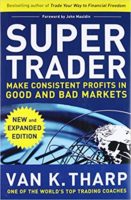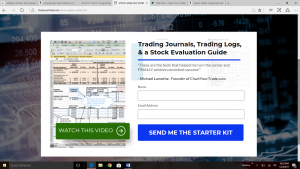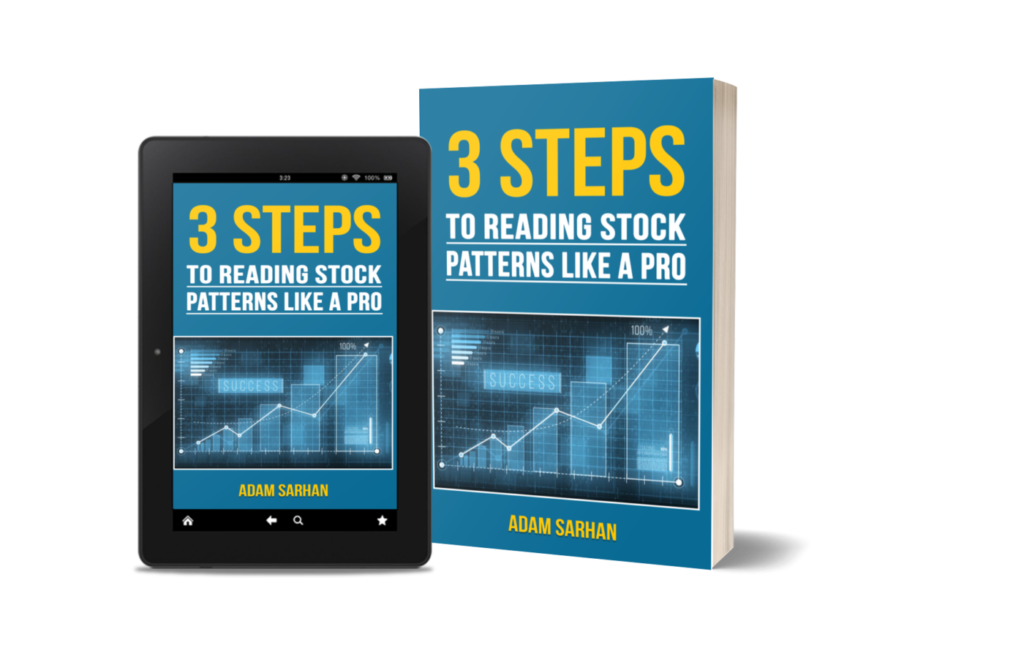 After years of trading and flying by the seat of my pants, I realized that I needed to have some sort of plan to know where to get in and get out. But not just that. There are a lot of other variables that go into a trade.
After years of trading and flying by the seat of my pants, I realized that I needed to have some sort of plan to know where to get in and get out. But not just that. There are a lot of other variables that go into a trade.
Here is How to Set-Up a Trading Plan When Life Happens
Figure Out Your Business Plan (Macro)
Before you begin trading, you need to ask yourself, what is your Business Plan on a macro level. You need to know what your BIG PICTURE is. This business plan will help you execute whatever your trading plan is no matter what kind of day you’re having.
Now take a moment and think about what your typical day looks like. Then think about what your day looks like when $H!T hits the fan. If you’re having a good day, you may feel encouraged to try something that is a little fancy and against your business plan. However, the next day or a week or a month passes by and reality hits. You are then scrambling, dealing with a trade that doesn’t fit into your business plan. Don’t OVER EXTEND yourself! Your business plan is to help prevent this type of risk. If an opportunity arises, then you need the self-awareness and discipline to know if you can or can’t do it. It takes real disciple to not overextend yourself.
Develop Your Trading Plan (Micro):
 I came across a book called “Super Trader” by Van Tharp. That book spoke about position sizing, risk management, trading psychology and basically developing a business plan for your trades. It also spoke about building your emotional intelligence (Not your IQ but your EQ). First, ask yourself how do you feel when you enter a trade? Next, mentally take the other side of the trade and see how that feels so that you experience both ends of the spectrum. Then stand back as a neutral observer. This is a very helpful exercise and can help prevent you from making a rash decision.
I came across a book called “Super Trader” by Van Tharp. That book spoke about position sizing, risk management, trading psychology and basically developing a business plan for your trades. It also spoke about building your emotional intelligence (Not your IQ but your EQ). First, ask yourself how do you feel when you enter a trade? Next, mentally take the other side of the trade and see how that feels so that you experience both ends of the spectrum. Then stand back as a neutral observer. This is a very helpful exercise and can help prevent you from making a rash decision.
Also consider when you are planning on getting in and out. What size of a position will you be taking? How much of my portfolio is that going to be? Where did the idea come from? I ask myself if it was it from my scanner, my peers, or was it something I came across in social media? Do I just like the company for some reason? Is this meant for short-term, long-term or intermediate-term trade? What is my time frame? I ask myself all these questions and then update the answers in my trading log.
Create your Trading Log:
 I created a trading log to help me stay organized and stay on track with my stock trades. It’s part of a “Stock Analysis Starter Kit” that I put together. You can get it sent to you by clicking here.
I created a trading log to help me stay organized and stay on track with my stock trades. It’s part of a “Stock Analysis Starter Kit” that I put together. You can get it sent to you by clicking here.
This trading log will ensure that you keep on track before initiating any trade. So if life happens, and the time you thought you had reserved for trading is no longer available, then you can resort to your trading log to help keep you on track with your Macro (business plan).
Reassess and Make Change樂威壯
s Along the Way:
And remember, there is no perfect plan. It will evolve. The most important thing for new traders to do is to start and test their plan and see what works and what doesn’t. You will make changes along the way and your plan will improve over time. Also, be sure to reassess your Macro every 3-6 months. This will enable you to see how you have grown and what you are capable of.
Join my Facebook group here and we can chat about your trading plan and I can help you get started!
Check out these other blog posts:
- How to Create Your Own Trading Journal
- How to Create Your Own Stock Evaluation Guide
- Post Analysis – Know Thyself

